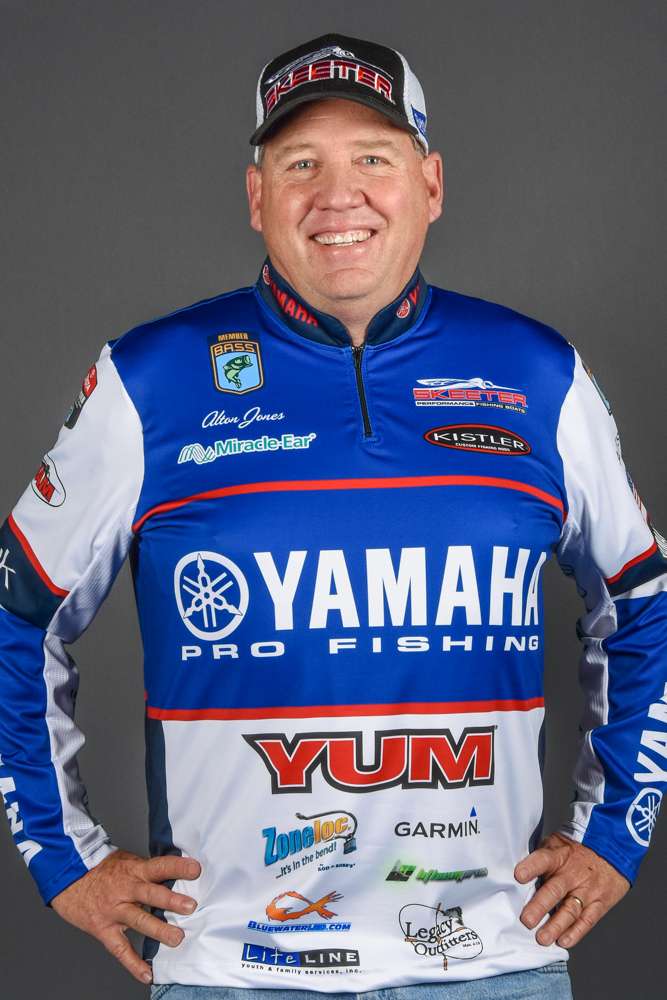
Football season’s official start is just around the corner, but we’re going to get a look at some “footballs” of a different kind this week on the St. Lawrence River. This place is really special to me because I’ve had two really good finishes in a row — eleventh place in 2017, second place in 2015 — but overall, it’s just a phenomenal fishery that I always look forward to visiting.
Timing will play a role in this event because we’re here a little later this time. The last two times we were here there were still a lot of fish on beds and a lot of shallow postspawn fish that had just come off the beds. This time, there shouldn’t be any spawning fish left.
There will still be some fish shallow, but they won’t be spawning; they’ll be relating to the current on outside weed edges and that type of thing. In this fishery, current is key. As the water passes from the Great Lakes toward the Bay of St. Lawrence, it’s narrowed down to the river, which creates a tremendous funnel.
You’ll find the fish shallow or deep based on where the best current spots are. Basically, those are spots where rocks block or redirect the current. This create eddies that allow the fish to sit in the slower water and wait for the current to wash food past them. So, the fish get a high calorie intake without a lot of exercise.
This is what allows these fish to reach incredible proportions. These St. Lawrence smallmouth are built like no other I’ve seen; they almost don’t look real, they’re so chunky. These are true “footballs”; in fact, a lot of these fish would make a football look skinny.
The bait selection is mostly the same as what we might use on the Great Lakes. One bait I’ll be depending for drop shot fishing is the YUM Warning Shot. The main forage is gobies, but the river also has lots of crawfish and different types of minnows. Those gobies are the smallmouth’s preference because they’re abundant and high in protein.
You want to target the fish that are feeding on gobies because they’ll weigh more and those are the ones you need to win this event. But regardless of where you fish, holding on your spot is a big challenge on the St. Lawrence, because of all that current. In a lot of places, the current is so strong, you can’t hold your boat in one place — you’re literally fishing backwards.
You can’t just sit in one spot and fish in a relaxed manner. You’re constantly working on your boat positioning, so it makes for mentally and physically taxing days.
You also have to be prepared to deal with zebra mussels and their sharp shells. In the clear St. Lawrence water, light line is a must, so anytime you’re near a rock, piling or anything that might hold zebra mussels, you really have to control your fish to keep your line from being cut.
Another key consideration is the river’s dynamic largemouth fishery. There are a lot of green fish in the St. Lawrence and, while you can earn a paycheck on largemouth, you cannot win on them.
I think it is a mental thing. You have to really stay after the smallmouth. I mean, the largemouth fishing here is so good, it can suck you in during practice. You can get 60-100 bites a day with good quality fish of 2 to 2 1/2 pounds and maybe a kicker of up to 4.
If you get into the right area this is really, really fun, but largemouth here are my panic button. I might go somewhere and catch one just to make sure my limit is full and then go back out and smallmouth fish. My ideal scenario would be to never have to cast at a green fish all week.

